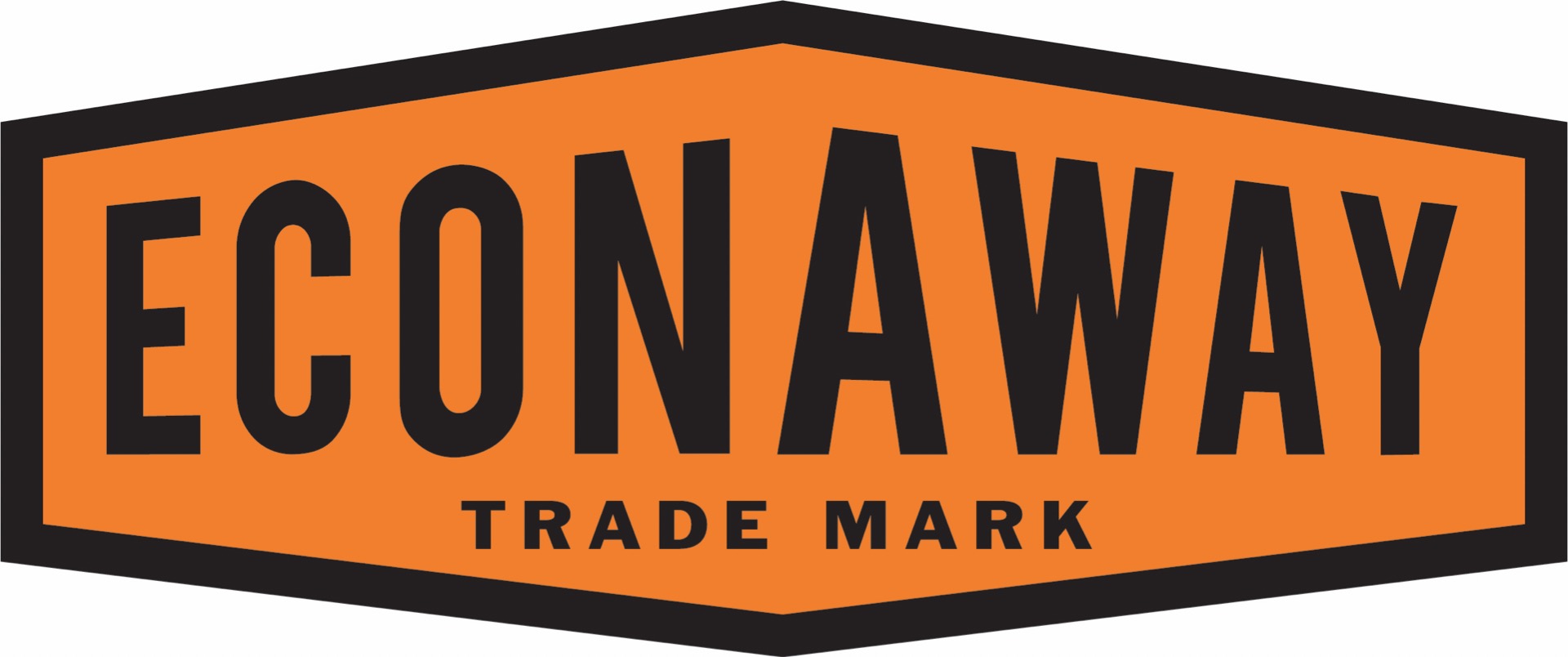CUSTOM BELTS | Configure Your Belts In 3 Easy Steps.
Configure NOW
Frequently Asked Questions
Question: How do I measure my sanding belts?
Answer : Simply cut an old belt at the seam, lay it flat and measure the total length. If it's a new belt lay it grit side down on a bench or floor. Mark the bench or floor at the belt seam. Roll the belt along until you come to the same spot in the seam. Make another mark and measure the distance between your two marks. Belt sizes are sized "width x length".
Question: What type of backing material will I receive if I order my belts on line?
Answer : You will receive our most popular "X" weight cotton/polyester. If you order the coarser 24-40 grit belts they will come on 100% polyester backings. Both of these backings work well for woodworking and metalworking and can be used wet or dry. If you prefer a flexible "J" weight or paper belts simply give us a call.
Question: Can I repair my own sanding belts?
Answer : We get a lot of calls from potential customers asking if they can purchase glue and tape from us to repair the joints of their sanding belts that have come apart at the seam. There is a lot that goes into the fabrication of our sanding belts. Let me explain the process of joining the sanding belts. First, the sanding belt material is scuffed on the back side with abrasives. Then a two part glue is applied to the sanding belt. After the glue has set for a specified time the tape which has remained frozen until this point is applied to the sanding belt.. The sanding belt is then hot pressed at 360 deg. under 25 tons for a specified time. After the sanding belt is pressed it has to be allowed to fully cure for an additional 24-48 hours. If you have large size sanding belts you would like repaired, don't try it yourself just call us.
Question: What is the best way to store my sanding belts?
Answer: You want to store your belts in dry heated space. Do not store directly on a concrete floor or allow your belts to become damp or wet, or allowed to freeze. When a belt freezes, the grain expands and contracts at a different rate as the backing and tape which allows the joint to become weak. When they are stored in an area that is too hot the glue on the joint tape drys out. A temperature range of 50f - 80f degrees is fine. Keep them away from windows and a direct heat source such as a furnace or space heater. The joints should stay strong providing you follow these paremeters.
Question: Some of your belts have directional arrows on the back. Do I have to run them in that direction?
Answer: No. There are some products like abrasive sleeves that are still being made without a tape joint. Because of that they have to be run in one direction. Because there are a few companies still manufacturing in such a way, the material manufacturers elected to keep the directional arrows. Any belt that has a tape joint can be used in either direction. All of Econaway belts have tape joints so you can ignore the arrows.
